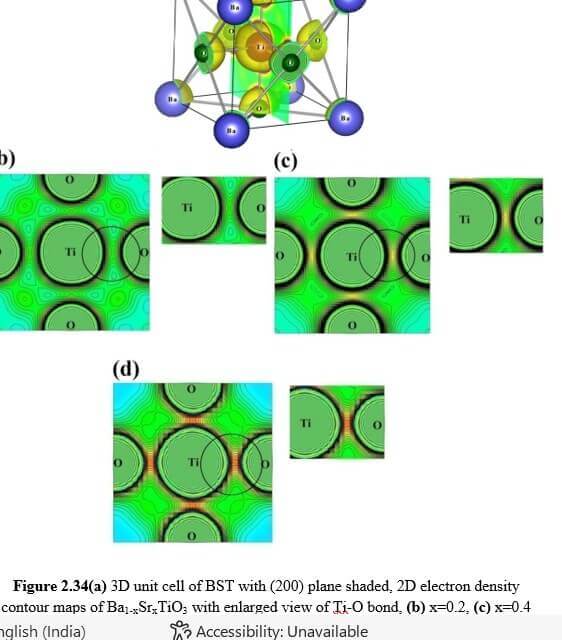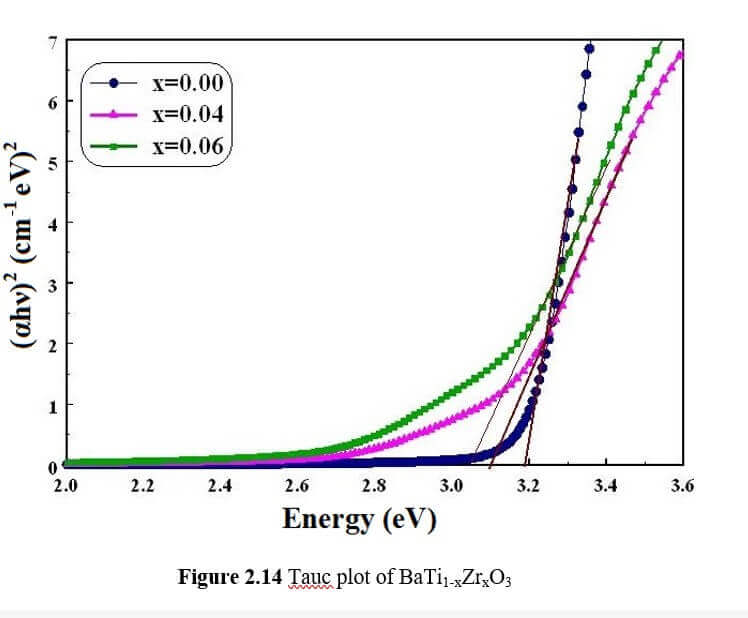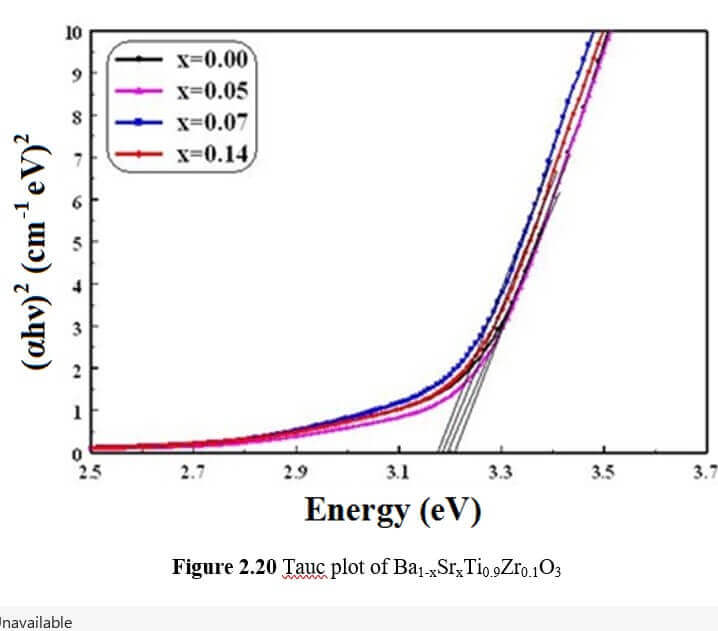Importance of barium titanate (BaTiO3)
Recent technological improvements impose an increasing demand of the novel ceramic materials with enhanced material performance. Barium titanate (BaTiO3) has been one of the highly explored ferroelectric lead-free ceramic materials since its discovery in 1940s. It has a simple crystallographic structure and has found extensive uses in the electronic and communication industry. Barium titanate and barium titanate derived compounds have become the most promising ceramic materials to reach all the practical requirements. In BaTiO3, the dielectric and ferroelectric properties arise from the covalent hybridization between Ti and O ions. BaTiO3 is used as first ever piezoelectric transducers, like sensors and actuators, due to its unique ability of coupling mechanical and electrical displacements. BaTiO3 derived materials offer high pressure per density ratio for actuator type devices. They are also environment friendly with chemical stability compared to other systems. The widest range of applications are, multilayer ceramic capacitors (MLCCs), piezoelectric sensors, transducers, actuators, non-volatile random access memories (NVRAM), ferroelectric random access memories (FeRAM), dynamic random access memories (DRAM), electro-optic devices etc. The positive temperature coefficient of resistance (PTCR) makes BaTiO3, one of the highly wanted electro ceramic materials among the various known ceramic materials.
BaTiO3 has been synthesized and investigated for precise electronic structure, chemical bonding, electron density distribution of five differently doped barium titanate (BaTiO3) lead-free dielectric ceramic materials with various dopant compositions. Various effects such as, structural modification, average grain size, optical band gap variation, chemical composition and morphological changes due to dopants have been studied. In order to achieve the objectives, the following tasks have been carried out.
Synthesis of five different doped BaTiO3 ceramic solid solutions has been carried out as follows;
Ba1-xSrxTiO3
BaTi1-xZrxO3
Ba1-xLa2x/3TiO3
BaTi1-xCexO3
Ba1-xSrxTi0.9Zr0.1O3






























